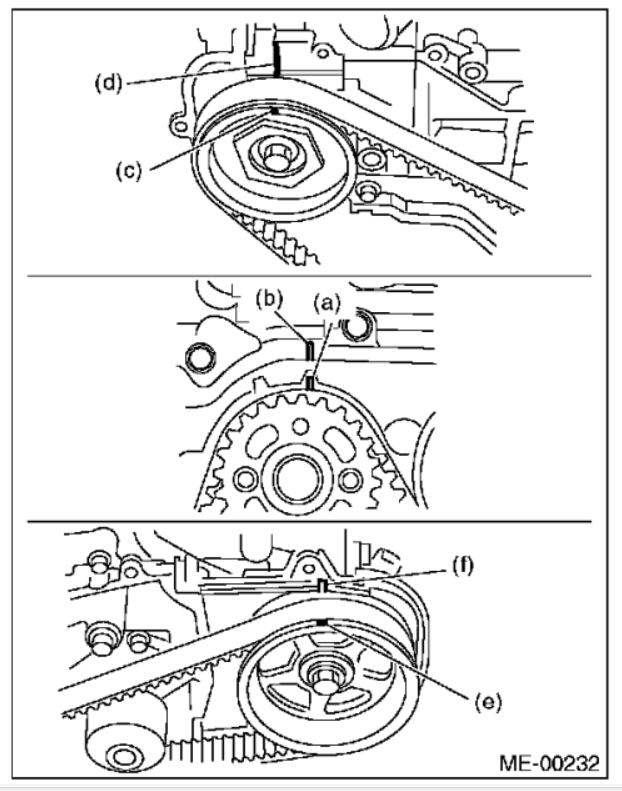Timing belt is a significant role on vehicle’s engine. Unlike other belts such as serpentine, v-belt, and accessory belts, they are hidden by covers. It’s not necessary to check often. But you need to follow the recommendation of change interval on a repair manual. This post is timing belt replacement guide.
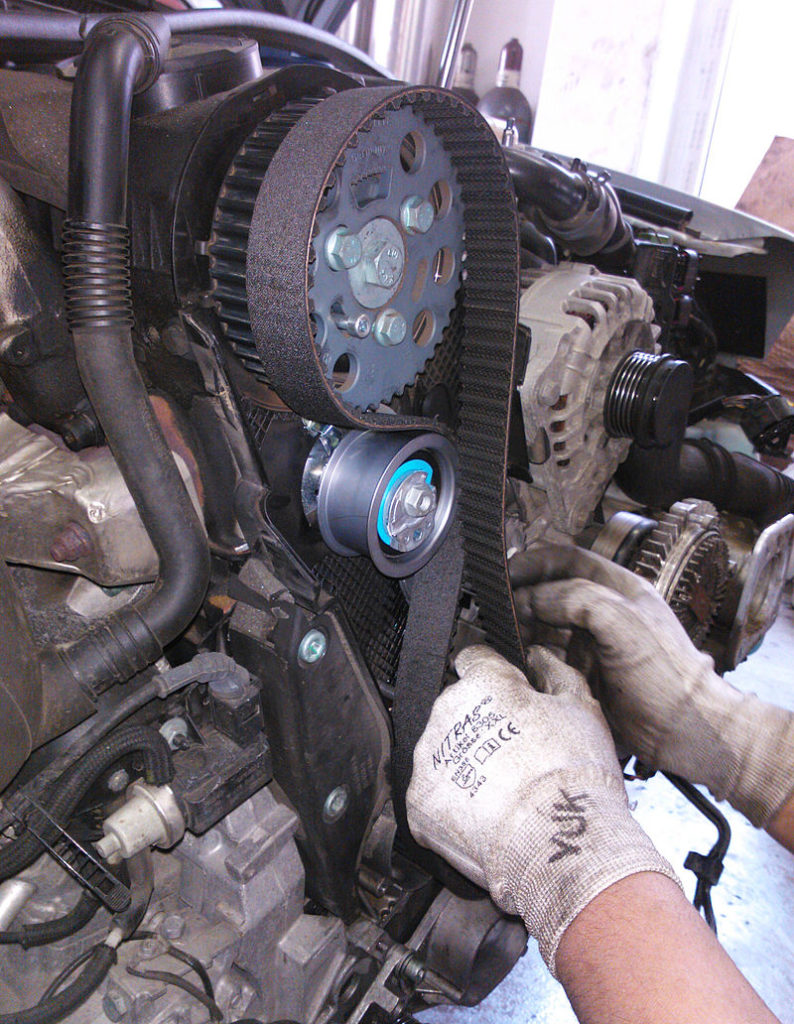
What is a timing belt?
A timing belt is driven by a crankshaft, and it rotates camshaft(s) in the proper sequence. The proper sequence is accomplished by aligning marks on the camshaft and crankshaft sprockets when you install a timing belt. This sequence allows the intake and exhaust valves to open and close at the exact timing along with the position of the piston.
How does a timing belt look?
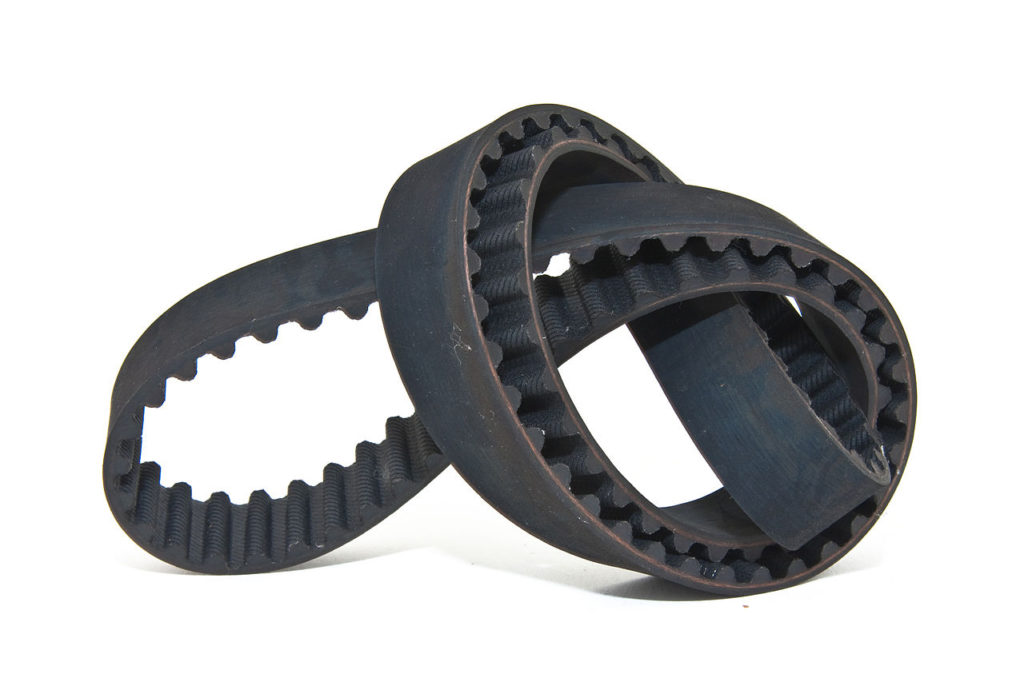
Timing belts are much wider than serpentine belts or v-belts. They are flat and thin, but they have teeth on one side. These teeth mesh with the sprockets of camshaft and crankshaft and rotate them all together without slipping.
When to replace a timing belt
You can find change interval of the timing belt on an owner’s manual or repair manual. It ranges from 60,000 to 105,000 miles. And a timing belt needs to be replaced when related components such as a water pump and oil pump need to be replaced. On many models, these components are driven by a timing belt, and a timing belt has to be removed when you replace these components. In this case, you have to replace a timing belt to a new one for two reasons. One of the reasons is that a lot of work has to be done to replace these components. The other reason is that a timing belt may be contaminated by water or oil and shortened its life.
What happens when a timing belt breaks
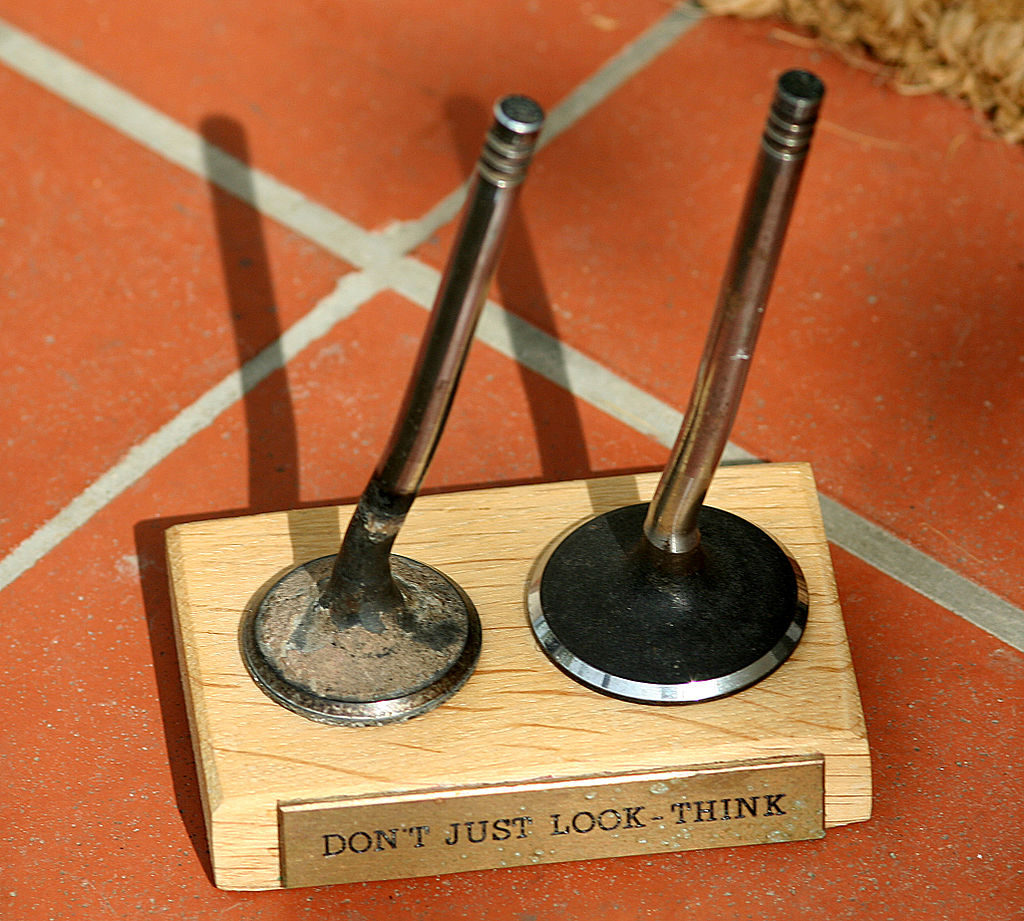
A pair of Poppet valves bent by collision with a piston after timing belt breakage at 4500 RPM
First of all, a broken timing belt can never start the engine. If a timing belt breaks when the engine is running, it may cause extensive damages to the engine. On some engine, intake valves have to be closed when pistons are at the top dead center. Otherwise, they can hit and damage each other. Whether your car has this type of engine or not, it’s wise to follow the change interval on a repair manual to avoid this incident as much as possible.
A time belt or a timing chain?
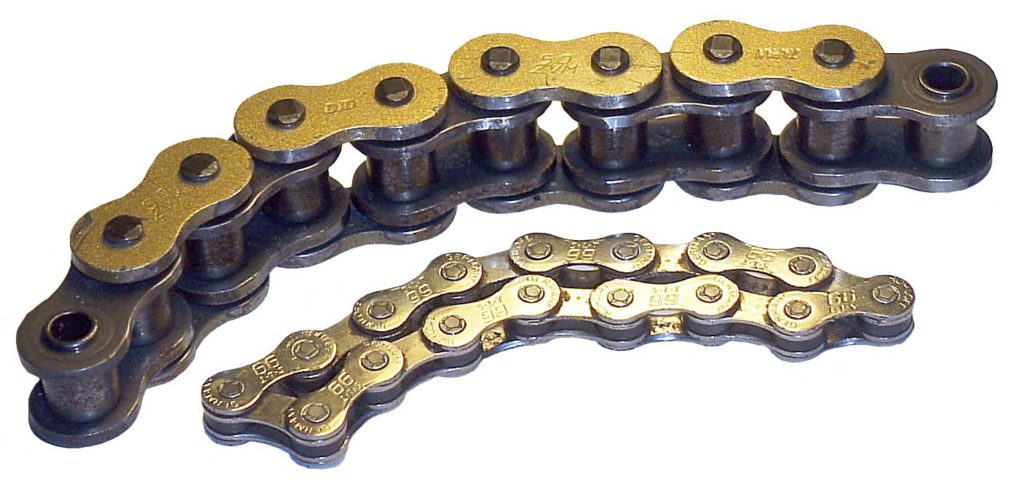
Some cars use a timing chain instead of a belt. A timing chain usually doesn’t need to be replaced. If you are not sure which one your car uses, you see that in an owner’s manual or a repair manual. For your information, a cover of a timing chain is most likely metal and completely sealed. That’s because a timing chain has to lubricated by motor oil. A cover of a timing belt, on the other hand, is most likely plastic. And there is no need for sealing completely. You can even peek at a timing belt by removing a few bolts on the cover and making a room.
Tools for timing belt removal and installation
Depending on a car model, you may need special tools for timing belt removal and installation. For example, you may need a belt tension gauge, tensioner adjuster tool, crankshaft wrench tool, etc. This information is not on an owner’s manual but a repair manual. It’s important to know the tools you need and have them before starting a job.
Conclusion
Replacing a timing belt usually take you hours of work. Think about replacing other items because only accessing a timing belt requires a lot of works. For example, a water pump is driven by a timing belt on many car models. It highly recommends replacing a water pump as well when you replace a timing belt. Don’t forget about tools you may need for timing belt removal and installation. All the information has to be gathered from a repair manual before you start a job. This initial work will save you time in the end.
